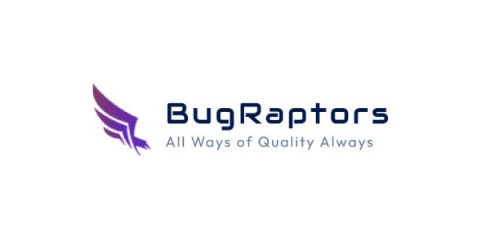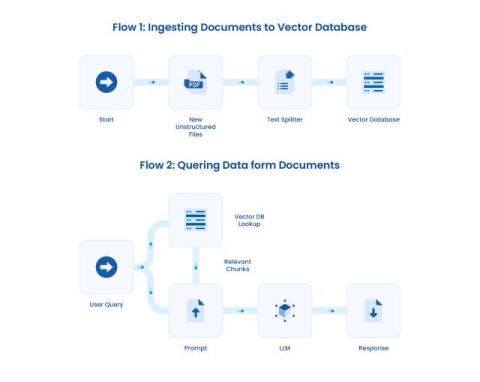Why Monitoring Matters to ML Data Intelligence in Databricks
Machine learning operations (MLOps) is a practice that focuses on the operationalization of machine learning models. It involves automating and streamlining the lifecycle of ML models, from development and training to deployment and monitoring. Much like data operations (DataOps), MLOps aims to improve the speed and accuracy of the data you’re accessing and analyzing.











